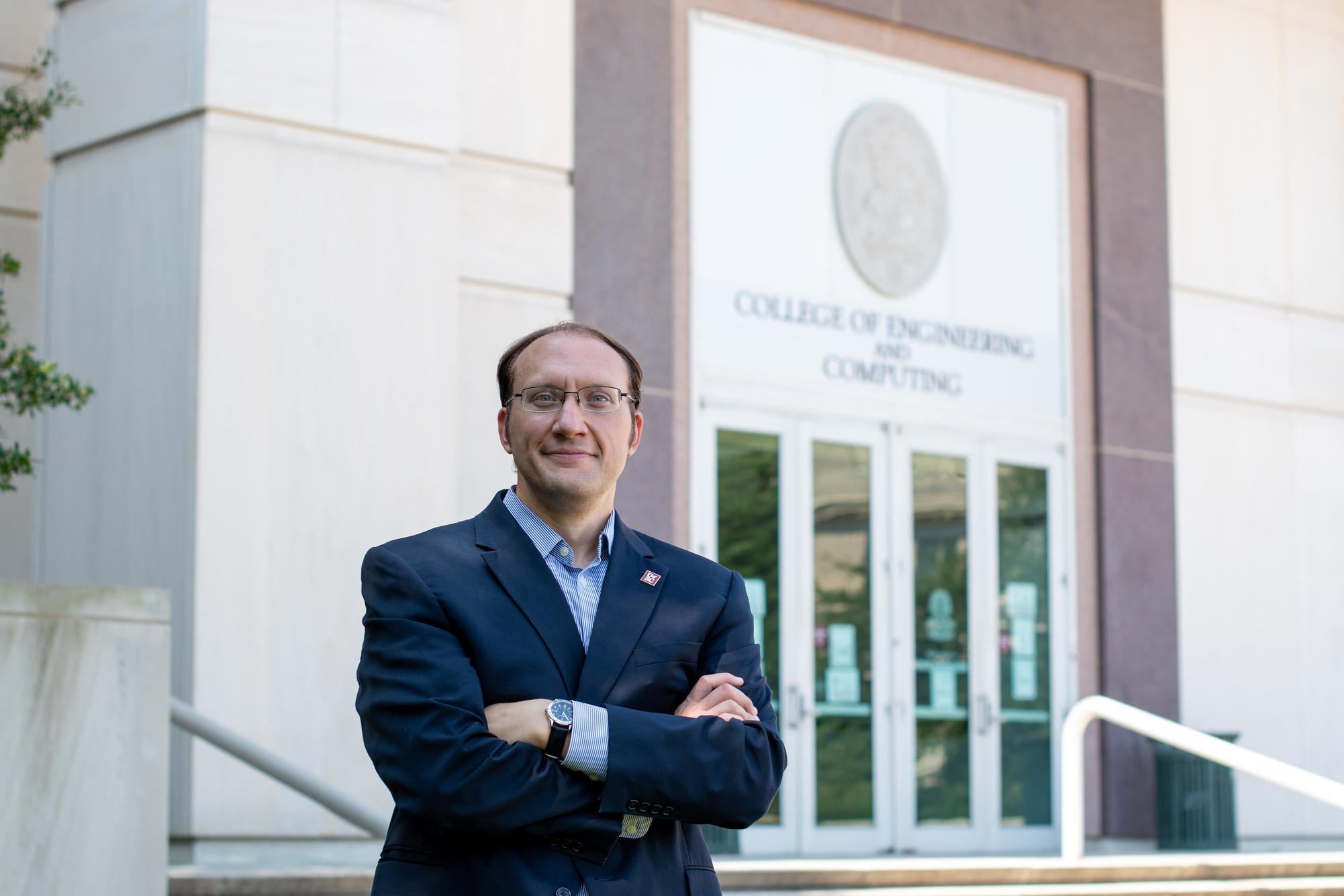
Speaker:
William Mustain University of Southern California
The Department of Chemistry is excited to host William Mustain (USC)
Understanding how Component Chemistry and Structure Impact Anion Exchange Membrane Electrolyzer Performance and Durabilty
Water electrolysis to produce hydrogen is gaining significant attention due to a significant decrease in the cost of renewable energy sources such as solar, wind, tidal etc. Among the existing water electrolysis technologies, anion exchange membrane water electrolysis has recently emerged due to its potential advantages over proton exchange membrane electrolysis and traditional alkaline electrolysis. Anion exchange membrane electrolyzers (AEMELs) can allow for the use of PGM-free electrocatalysts and low-cost component materials due to its less corrosive alkaline environment while also enabling electrochemical H2 compression.
In an operating AEMEL, the anode electrode - where the oxygen evolution reaction (OER) occurs - controls a majority of the cell's behavior. That electrode is comprised of three main components: catalyst, ionomer/binder and porous transport layer (PTL). Recent work has shown that under certain operating schemes that each of these components can dominate the anode response, meaning that the careful design of each component is critical to ensure that the electrolyzer can operate reliably over a wide range of operating conditions.
This presentation will take the audience through a series of systematic studies that ends with a long-life and high performing AEMELs. Specifically, the variables to be discussed are: i) controlling the ion-exchange capacity (IEC) and cross-linker content of the ionomers; ii) ionomer physical structure; iii) catalyst chemistry and loading; iv) PTL density and thickness; and v) modification of the catalyst layer with ionomer overlayers. The balance and sometimes compromise between performance and durability will also be discussed. By the end of the presentation, electrodes and cells will be demonstrated that were integrated into AEMELs and are able to show very low voltage operation on both deionized water and 0.3 M KOH as well as stable longer-term operation. But, most importantly, this project has resulted in two families of materials (polymers and PTLs) that are now available commercially.
To learn more about the Mustain lab's work, please visit their research page: https://www.mustainlab.com/
Hosted by Ben Wiley